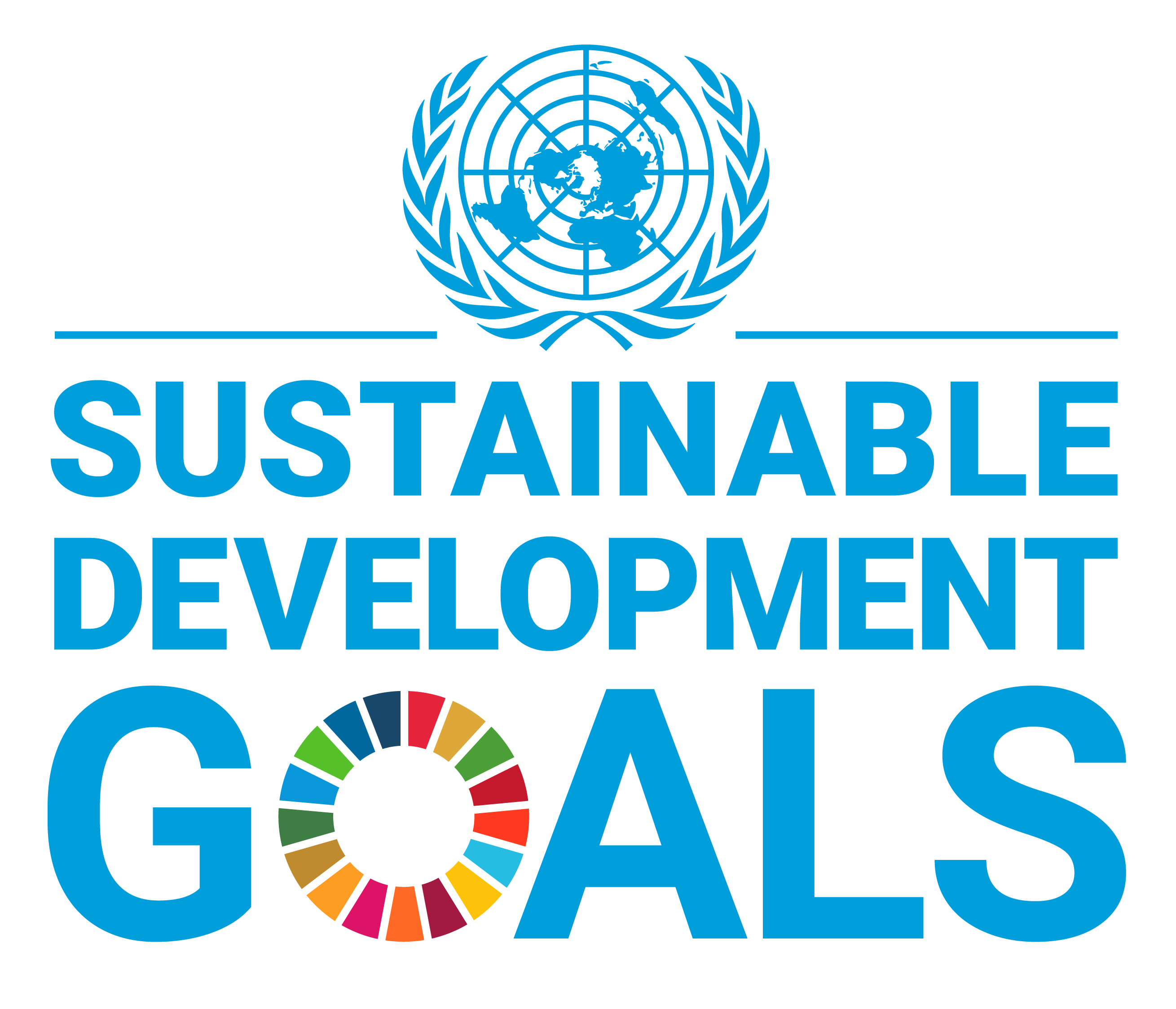
Globally, NEC is moving forward with initiatives aimed at realising the NEC Group Environmental Management Action Plan 2020/2030. Formulated in July 2016, the plan sets long-term targets for environment-oriented business management and has climate change countermeasures at its core.
NEC Australia remains committed to reducing emissions across all parts of our operations. Since 2016 consistent action has enabled significant reductions to our greenhouse emissions and increased diversion of e-waste from landfill.
Learn moreEnvironmental Management System
NEC Australia is committed to enhancing our environmental efficiency and we have proudly held ISO 14001 since its inception in 1996. We have established an Environmental Management Policy and implemented an Environmental Management System (EMS) based on the requirements, principles and guidelines of ISO 14001:2015 to help achieve our environmental and sustainability targets.”
The current Environmental Management Policy Management System (EMS) is based on the requirements, principles, and guidelines of ISO 14001:2015. During each years audit the NEC environment team are recognised for the maturity and thoroughness of the EMS.
ISO 14001:2015 specifies the requirements for an environmental management system that an organization can use to enhance its environmental performance.
Since 2017, NEC has been focusing on measures to both mitigate and adapt to climate change. As such, we have formulated the climate change policy guidelines, aimed at reducing CO2 emissions to zero by 2050, which demonstrates our strong stance on creating a sustainable society.
NEC Australia has been delivering year on year reduction in impact on the planet.
Tracking and ensuring compliance to required and voluntary measures.
Dream big, act small. Many small actions accumulate to make a difference
- Since 2016 we have reduced our electricity and carbon footprint between 40% and 50% through constant monitoring and incremental steps such as, changing suppliers, leasing buildings with high Nabers ratings and monitoring recycling.
Green Procurement
In line with our “green procurement” policy, we evaluate and select equipment and devices based on performance including energy efficiency, while ensuring that performance is not compromised.
Learn moreModern Slavery Act
NEC Australia is committed to operating responsibly and adhering to the highest ethical standards with a goal of identifying and working with its supply chain to eradicate various forms of slavery.
Learn moreReduce, Reuse and Recycle
We have implemented a specialised Reduce, Re-use and Recycle program across all our site offices and instituted an e-waste collection and disposal process in collaboration with an approved recycling organisation.
NEC uses the ANZRP Product Stewardship methodology which states that for the waste hierarchy (avoid, reuse and recycle) product re-use should be preferred over recycling. The aim is to divert working product, for which there is a market, to the appropriate channels before it is disposed of at end of life.
Our approach to the disposal of equipment is as follows:
- Reuse: If a product’s lifespan and associated packaging can be extended, the energy and carbon required in its original production can be spread across a greater number of years. This is by far the best economic and environmental approach
- Repair and reclaim: The next best outcome is to repair and recycle sustainably by minimising environmental impact through reclamation and reuse of materials and parts within production facilities. NEC reclaims separate component types for reuse wherever possible (including hard drives, RAM, motherboards, power supply units, adaptors, keyboards and cables)
- Resource recovery and e-waste: When products reach resource recovery and re-manufacturing, NEC recycles by means of separating, aggregating product specific components and physically destroying data storage media and devices prior to transporting e-waste to ensure the security of downstream processing
- In line with NEC’s “3R’s” program for reducing, re-using, and recycling materials, NEC teams work with suppliers to ensure that minimum materials are used for packaging and transport. We reuse packaging (e.g. plastics and bubble packs), transport materials (e.g. cardboard and pallets) and collect all recyclable materials for recycling during delivery and installations
- Product end-of-life: As is required to comply with Australia’s Recycling and Waste Reduction (Product Stewardship: Television and Computer) Rules 2021, NEC has signed up with the Australia and New Zealand Recycling Platform (ANZRP) for the collection and recycling of electronic waste.
Paper elimination
Across the organisation, we have ramped up efforts to go paperless as part of our commitment to supporting the environment, working towards a more sustainable, low-carbon future for all.
Since 2016 NEC Australia has been taking action to reduce our paper consumption decreasing this by 50%. Much of this has been led by increased digitisation of our document processing and adoption of technology solutions to enable our people to work effectively without printing.
Spurred on by Covid-19 more and more of our clients are moving toward digital contracts over the traditional paper based physically signed.
Anecdotes/Stories
- Digital First - adoption of workflow and note taking tools and digital document signing
- Of course we only use recycled paper in all our offices

















